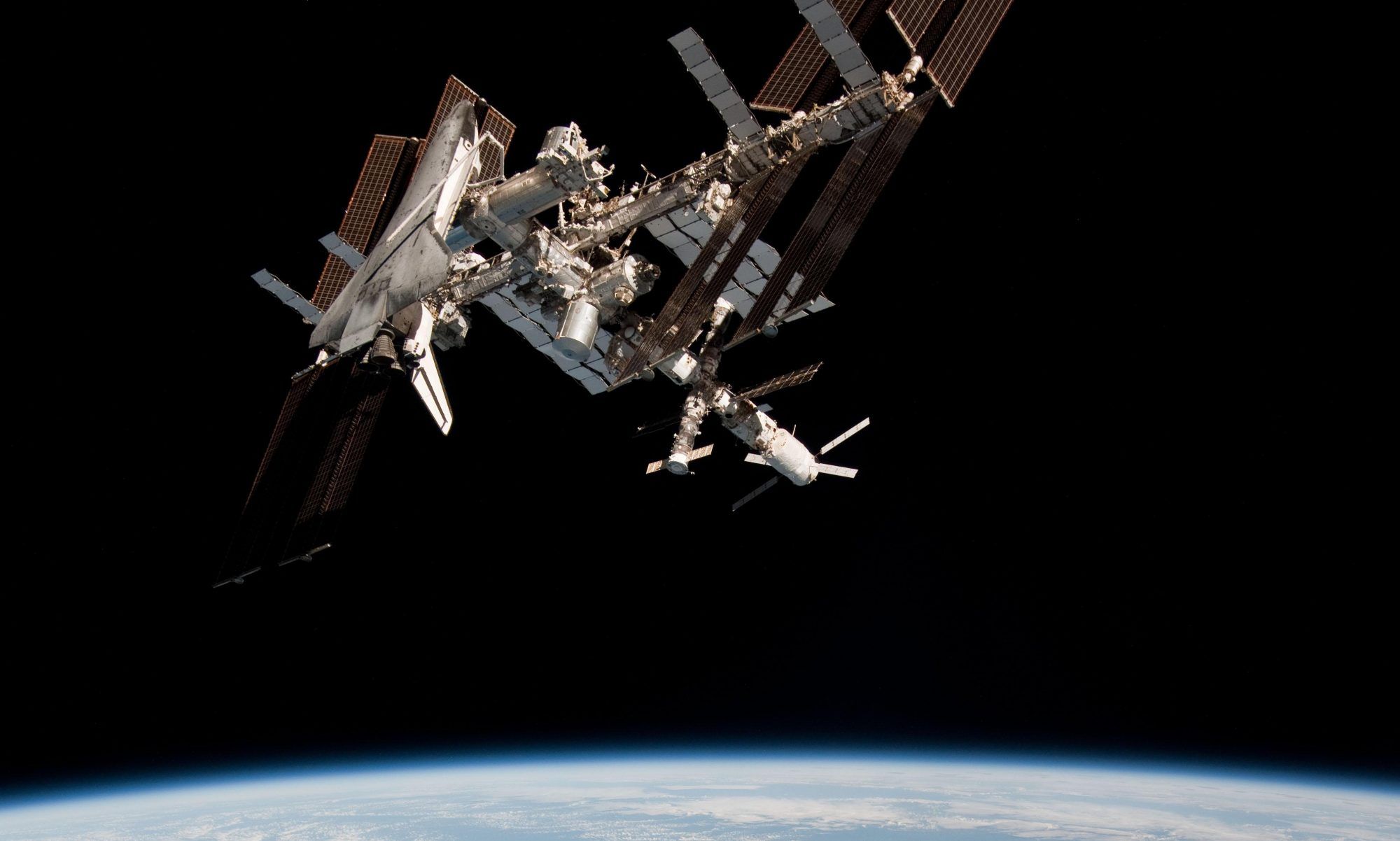
On Monday, April 8th, 2024, the Moon crossed in front of the Sun as seen from much of North America, giving millions of Americans another chance to experience a solar eclipse. Like in October 2023 and August 2017, Maryland experienced a partial solar eclipse. During a partial eclipse the Sun is never fully blocked by the Moon. This means that it is never safe to look directly at a partial eclipse without special eye protection — regular sunglasses are not okay! Please see below for more information on safe observing practices.
From Maryland, the beginning of Monday’s eclipse (aka “first contact”) was be at approximately 2:05 p.m. according to timeanddate.com, depending slightly on the viewer’s location. Maximum eclipse depth of approximately 90% coverage occurred at 3:21 p.m. and the show was all over at around 4:30 p.m.
For eclipse watchers in the Baltimore area, a couple of opportunities to come out (or stay in) and see the spectacle were:
-
- On JHU’s Homewood campus – weather permitting – free! Here are some photos from the day.
- At the Maryland Science Center – with paid admission or membership.
- NASA’s online broadcast – free!
Eclipse safety: It is very important not to look at the partial eclipse directly unless you have appropriate eye protection such as special eclipse glasses (NOT regular sunglasses) from a reputable manufacturer. Courtesy of NASA, here is a summary of information about eclipse safety. Key takeaways: either use special eclipse glasses or use an indirect viewing method, such as a projected image from a pinhole camera.
While Maryland experienced only a partial eclipse, a swath of the USA stretching from Texas to New England briefly fell into darkness as the Moon fully covered the Sun, creating the fateful (and amazing) condition known as a total eclipse. The image below shows the approximate locations where this occurred; for more detail see NASA’s Where & When.

To all eclipse watchers, we wish you clear skies!
